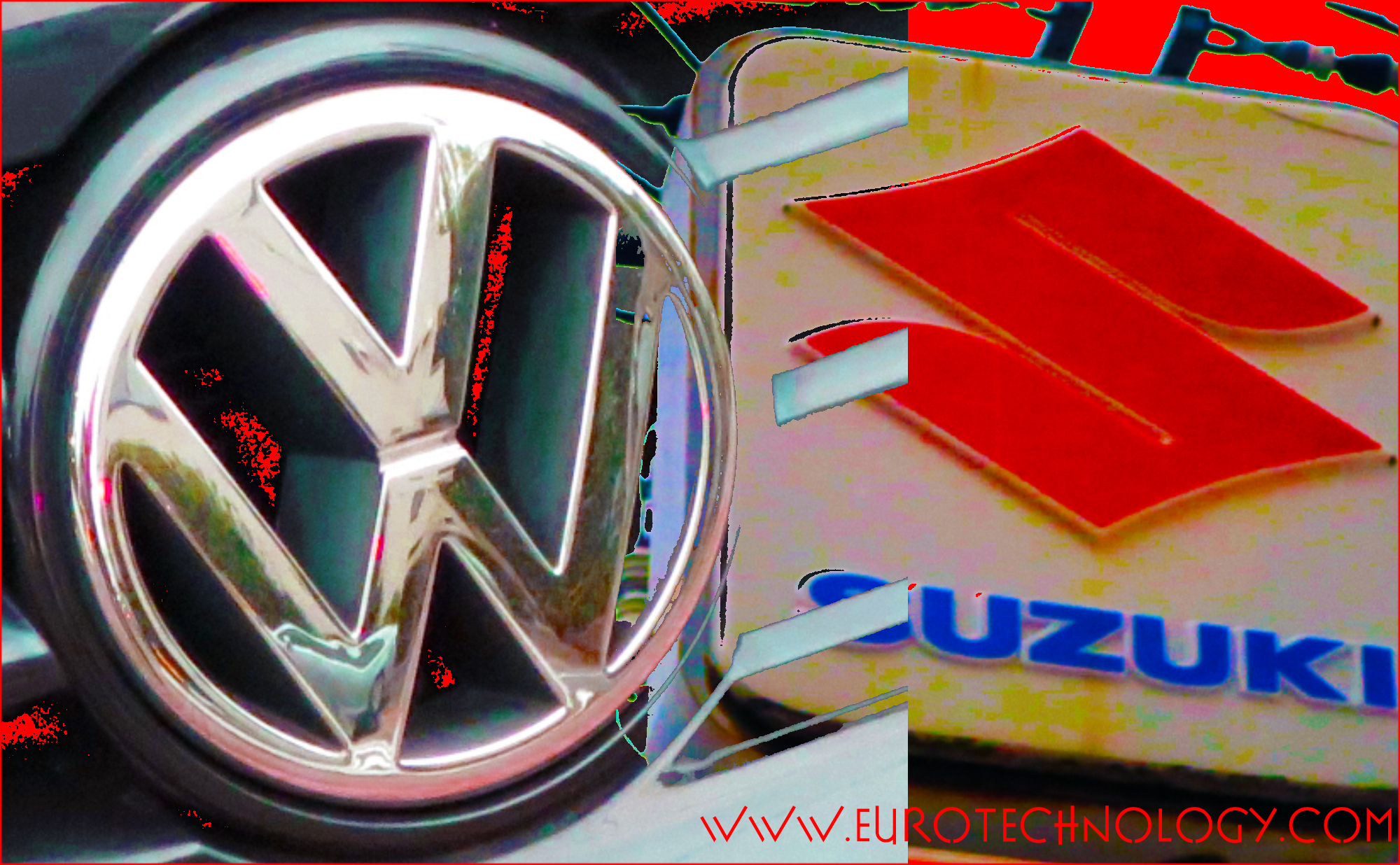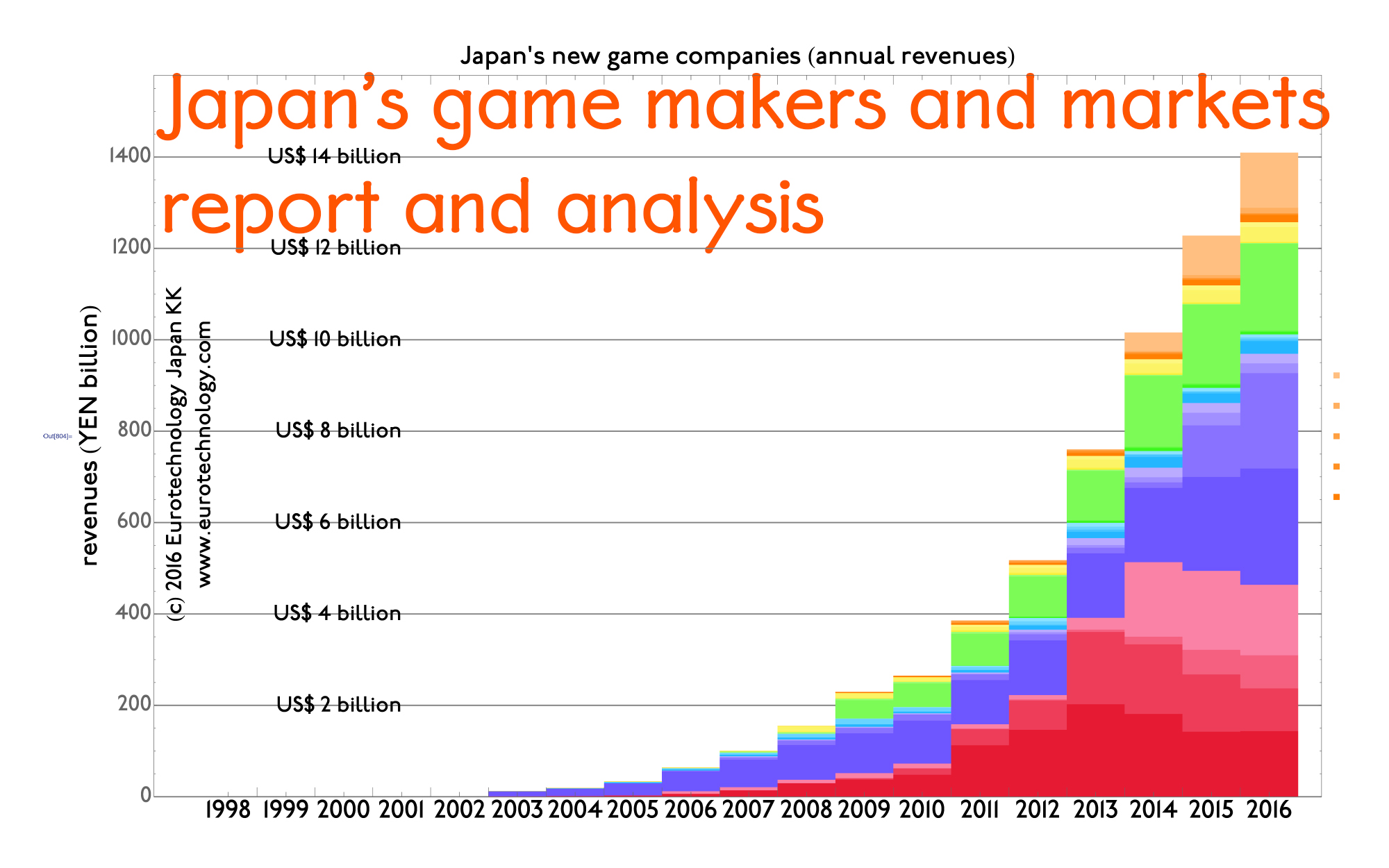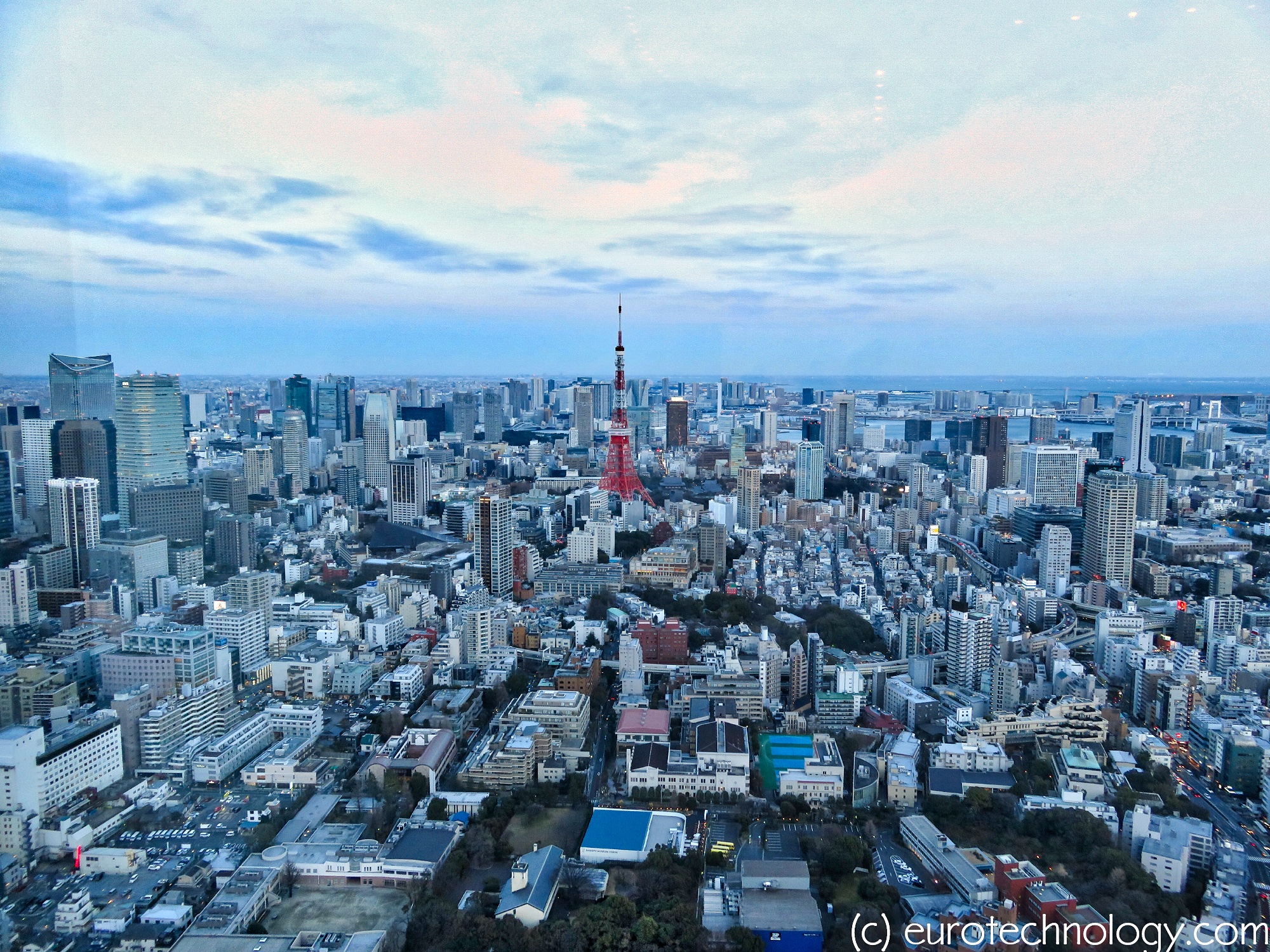Category: Japan Market Entry
-

Growing your business in Japan
Despite being the world’s third largest market, many businesses struggle to break into Japan. The “Growing your Business in Japan” free webinar, organized by the SCI’s Science and Enterprise Group and powered by LabLinks, will provide valuable insights into the challenges of growing a chemistry-facing business in the Japanese market, and how they can be overcome. …
-

Volkswagen Suzuki divorce – lessons for partnership strategies in Japan
“Mr Suzuki didn’t want to be a VW employee” (Prof. Dudenhoeffer via Bloomberg) Partnerships in Japan without meeting of minds, trust, and communication don’t work by Gerhard Fasol, All Rights Reserved. 18 September 2015 On 9 December 2009, Volkswagen-CEO Mr Martin Winterkorn and Suzuki-CEO Mr Osamu Suzuki at a press conference in Tokyo announced a…
-

Hulu Japan operations sold to Nippon Television
Hulu ends direct operations in Japan be Gerhard Fasol Continues licensing relationship with Nippon Television Network Corporation Hulu started Japan operations on August 31, 2011, and less than three years later, CEO Mike Hopkins announced in his blog the sale of Japan operations to Nippon Television Network Corporation (日本テレビ放送網株式会社). During this time, Hulu Japan had…
-
Burberry solves its “Japan problem”, at least for now
by Gerhard Fasol, All Rights Reserved. 18 August 2015 Burberry goes direct in the world’s most important luxury market: why did Burberry not decide on less disruptive options? – Sanyo-Shokai pivots from Burberry to Mackintosh and continues the valuable Black Label and Blue Label lines Burberry Japan – the start of a relationship: Sanyo Shokai…
-

Google Play apps Japan: which android apps show highest revenues?
Top grossing apps (Feb. 18, 2015) Google play apps Japan ranking in Japan by gross revenues AppAnnie showed that in terms of combined iOS AppStore + Google play apps Japan revenues, Japan is No. 1 globally, spending more than the USA. Therefore Japan is naturally the No. 1 target globally for many mobile game companies!…
-

Sir Stephen Gomersall on UK-Japan business and globalization
Sir Stephen Gomersall: former British Ambassador to Japan and Chairman of Hitachi Europe Sir Stephen Gomersall on UK-Japan business and globalization: Globalization and the art of tea Hitachi – Japan’s most iconic corporation – under the leadership of Chairman & CEO, Hiroaki Nakanishi embarked on the “Smart Transformation Project” to globalize, to face a world…
-

Fidelity Japan market entry into Japan’s cloud and data center markets via KVH
Fidelity: Japan market entry the patient and careful way Fidelity’s Colt to acquire KVH for YEN 18.595 billion (€ 130.3 million = US$ 160 million) Both Colt and KVH were founded with investments by Fidelity Investments and associated companies, Colt in London in 1992, and KVH in 1999 in Tokyo, as telecommunications service providers for…
-

Vodafone Japan could have been a business worth US$ 50 billion today! Why did Vodafone Japan fail and sell to SoftBank?
What can we learn from Vodafone’s failure in Japan? by Gerhard Fasol Had Vodafone been successful in Japan, Vodafone’s Japan business could be worth € 40 billion (US$ 50 billion) today In a separate blog post “EU-Japan Management: What is the value of good management?” we analyze what the value of Vodafone’s Japan business might…
-

NASDAQ quit Japan in 2002, and London Stock Exchange quit Japan in 2012 for similar reasons. Read why.
NASDAQ and London Stock Exchange both hope to build stock markets in Japan. And both failed for similar reasons and with similar end results by Gerhard Fasol NASDA and LSE: in both cases the stock markets NASDAQ and LSE created are still continuing business in Japan after there departure Initially, London Stock Exchange and Tokyo…
-

High-tech market entry to Japan: new opportunities versus old mistakes (Stanford University lecture)
Success stories vs failure. Why some foreign companies succeed in Japan’s high tech sector, and why others fail. High-tech market entry to Japan: Stanford University Japan Technology Center lecture by Gerhard Fasol New opportunities vs old mistakes – foreign companies in Japan’s high-tech markets Stanford University lecture, given on October 28th, 1999 This lecture was…